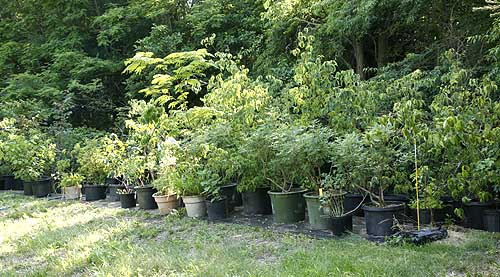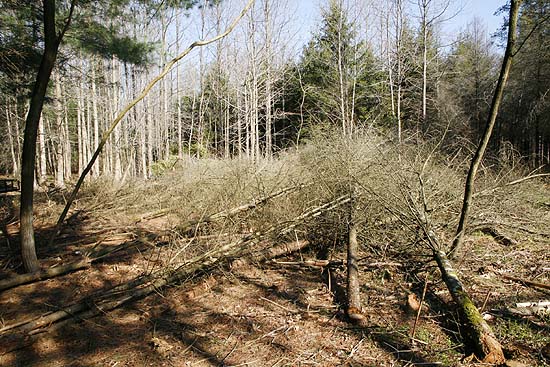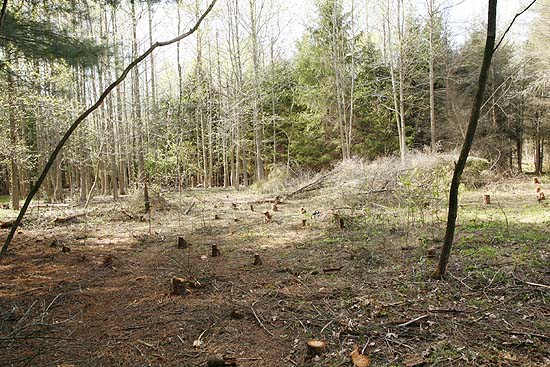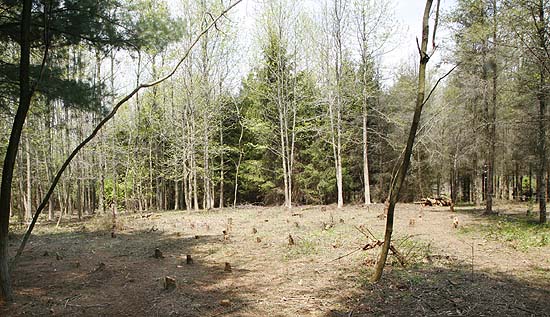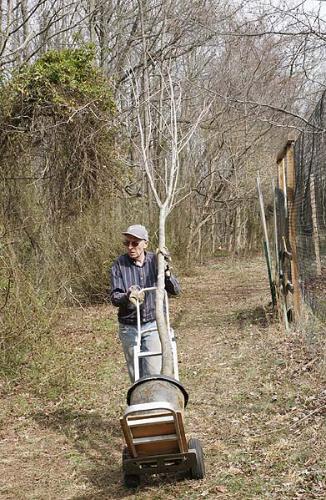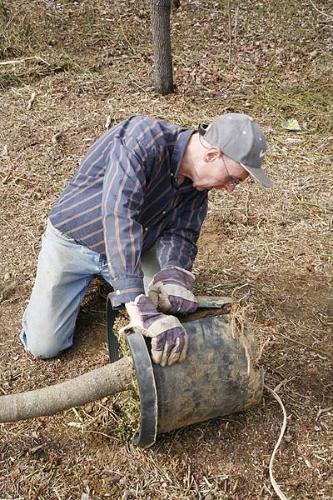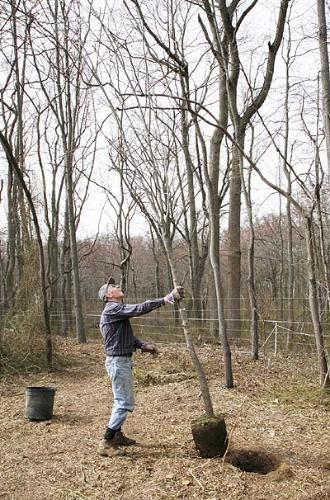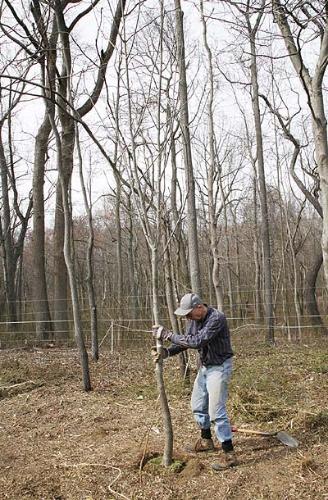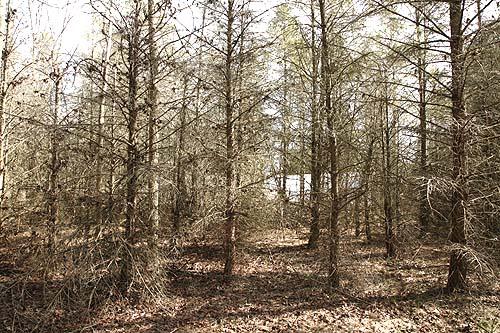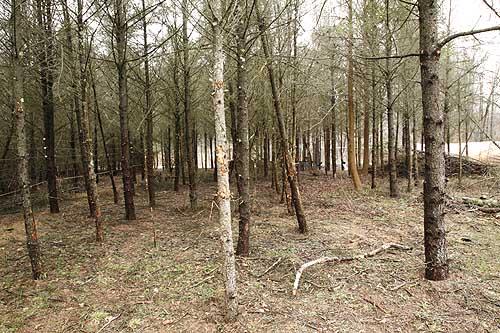Hoop houses are wonderful things, they keep the plants warm and toasty in the winter. Well they keep them from freezing over at least. A lot of plants don’t like it if their roots freeze. If they are in the ground they are mostly OK and can protect themselves unless there is a really hard winter and the ground really freezes solid. That is why sometimes plants don’t come back the following spring, the roots froze and the plant died.
If a plant is in a pot then it’s a whole different matter. The soil in the pot is isolated and it gets a lot colder than the ground, so its going to freeze a lot faster. This means that the plant roots will freeze and the plant wont be happy. IF you only have a couple of pots this can usually be solved by placing them in the garage over the winter months. If the plants die down in the winter they don’t even need light and can be stored under a bench or some other out of the way spot until spring comes around. Just make sure that they stay a little moist. IF they totally dry out they will likely die, roots need to stay plump and moist. Just slightly moist not wet. A little water once every two weeks is usually enough for a cold garage, if your garage is warm then you might need to water more often.
For plants that stay green, putting them on a table near a garage window is a good solution. Again keep just moist and everything is usually fine until spring.
If you have a lot of plants in pots like we do then putting them in the garage is not feasible. That’s where a hoop house comes in. Plants are placed under a plastic protection layer that is just enough to stop the plant pots from freezing in the dead of winter and keeps the plants alive. If you live in an area where there are commercial growers you will often see they have a lot of these hoop houses. In winter these are covered with either clear or white plastic. This is to protect their crops from freezing and keep their plants alive so they are ready for sale in the spring. IN most areas come early spring the plastic comes off of these hoop houses and the plants are open to the air again.
Hoop houses get HOT. For that reason they are often used to start crops, prolong growing cycles so plants can be grown earlier or later into the season and to grow crops that need a lot more heat than the region would normally give them. A good example is baby ginger which is becoming much more popular with CSA and other farms that sell at farm markets. Once it was found that ginger could be raised easily in hot hoop houses or high tunnels the market opened up for fresh and organic ginger.
Our hoop house at present is used just to keep pots from freezing. The weather has been all over the place this year so we kept our plastic on longer than we anticipates. But this weekend it came down. The plants inside have had free air passage for weeks now so the shock of being open to the elements should be lessened. We also try and do it when its going to be cloudy for a few days to allow the plants to acclimatize to the new light levels before they get hit with full sun.
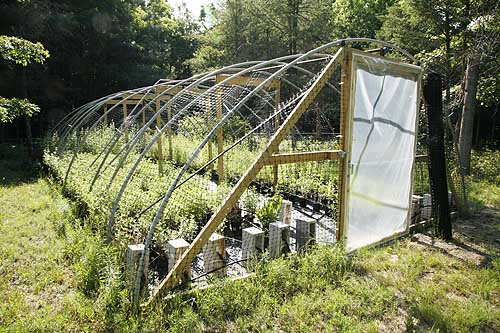
We had to wrap deer fencing around the hoop house structure to stop the deer wandering through. IF we don’t do this they just stroll through, knock over all the pots and ruin the irrigation setup. This causes a lot extra work having to fix it all the time. Deer are a real pain to small farm agriculture.
Some of our plants will find homes in the ground this year, but a lot wont. Its going to take a lot longer to prepare our new field that we had expected so we don’t expect it to be done until next spring now. So they plants must remain in pots until its ready.

